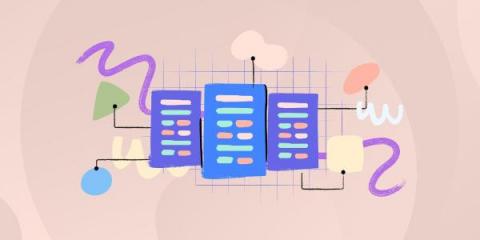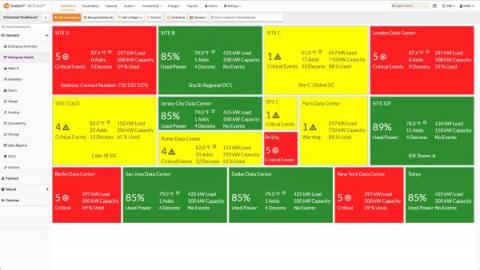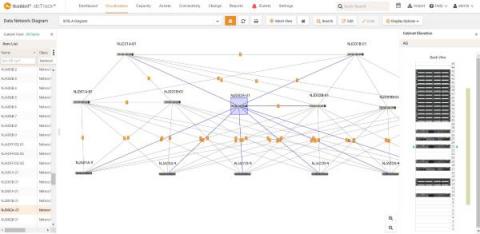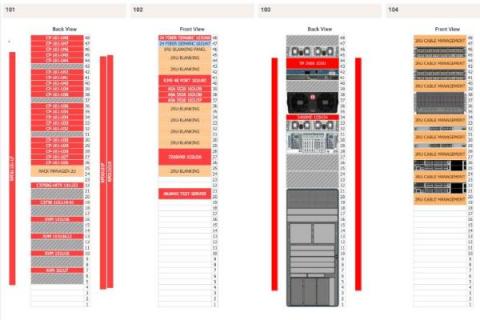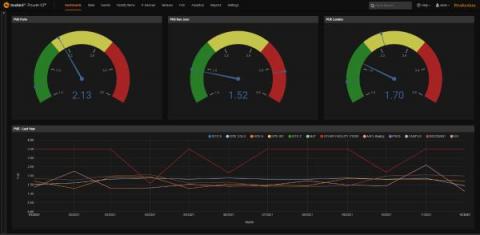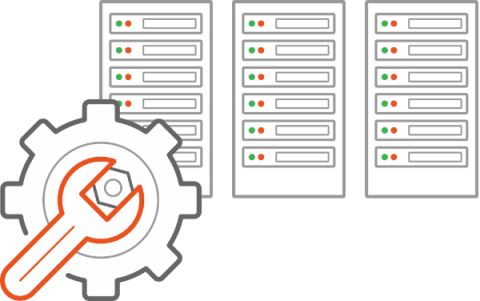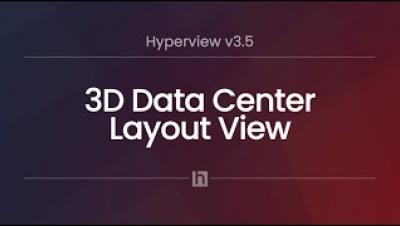Operations | Monitoring | ITSM | DevOps | Cloud
Data Centers
6 Best Practices to Create a Data Center Naming Convention
Data Center Analytics: Top KPIs Chosen by Experts
Today’s data centers generate a lot of data. Intelligent rack PDUs and other metered power infrastructure, environmental sensors, and the constant change in modern data centers all contribute towards a massive volume and variety of data. But data center professionals don’t have the time to collect all the data from its sources, analyze it, and derive insights from it that improve their data center operations.
Introducing dcTrack 8.2
We’re proud to announce the general availability of dcTrack® 8.2, the latest version of Sunbird’s DCIM Operations software. This release includes exciting new features including a ticket connector to drive automation via integration, automatic data network diagrams for remote visualization, and asset audit via barcode scanning.
Rack Diagrams: Why You're Doing Them Wrong
Rack diagrams, also known as rack elevations, are visual representations of the IT equipment in a server rack. They are used to track and manage what assets are in each rack and which U position they are in. Rack diagrams are very useful and commonly used for data center asset management and capacity planning. The information rack diagrams provide allow you to know what equipment you have, where you have space to deploy more, and can improve the troubleshooting process.
How Do I Calculate PUE?
Power Usage Effectiveness (PUE) is the most commonly used metric for measuring data center energy efficiency. It was developed by The Green Grid in 2007 and has been widely popular ever since due to growing concerns of the sustainability of data centers and for being able to represent overall efficiency with one easy-to-understand number.
The private cloud future: Data centres as a service
Even after the public cloud hype, private clouds remain to be a very essential part of many enterprises’ cloud strategy. Private clouds are simply giving CIOs more control over their budgets, enabling better security and allowing the flexibility to build best of breed IT solutions. So let’s stop here and take a step backwards, why are organisations even investing in their IT?
Top Liquid and Immersion Cooling Vendors for High-Density Racks
As rack densities rise and concern about the sustainability of data centers grows, data center managers need a way to not only cool their equipment but do so as efficiently as possible. To efficiently cool racks of 20 kW or more, organizations are seriously investigating liquid cooling and immersion cooling.
How to Manage Data Center Cabling
Tracking and managing data center cabling is one of the most overlooked aspects of data center management. However, when it’s not done properly, it can cause all kinds of problems from costly downtime to inefficient use of capacity. Don’t settle for cable spaghetti. Keep reading to find out the basics about data center cabling, understand how to track and organize it, and learn how the best data center managers in the industry are dramatically simplifying cable management.



